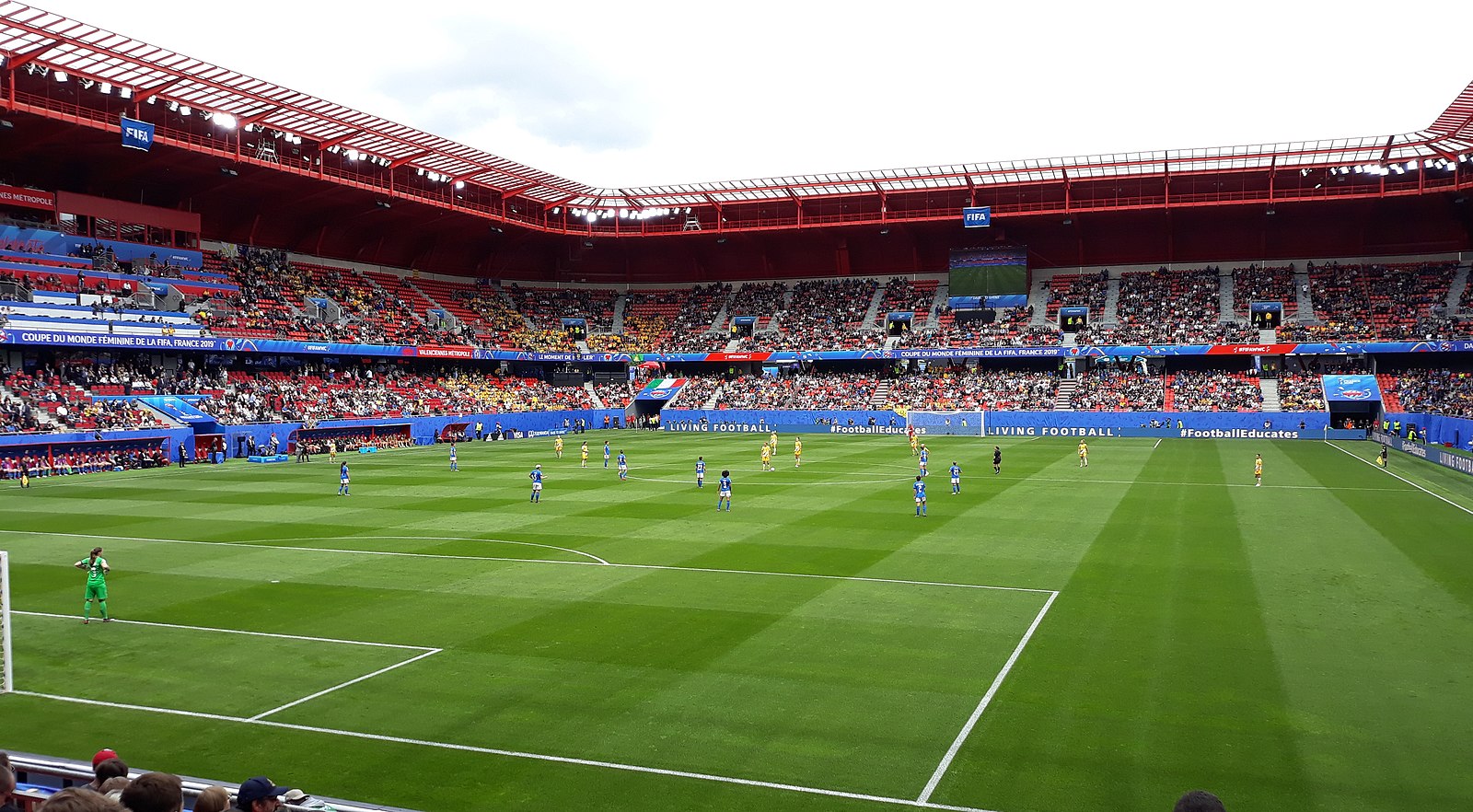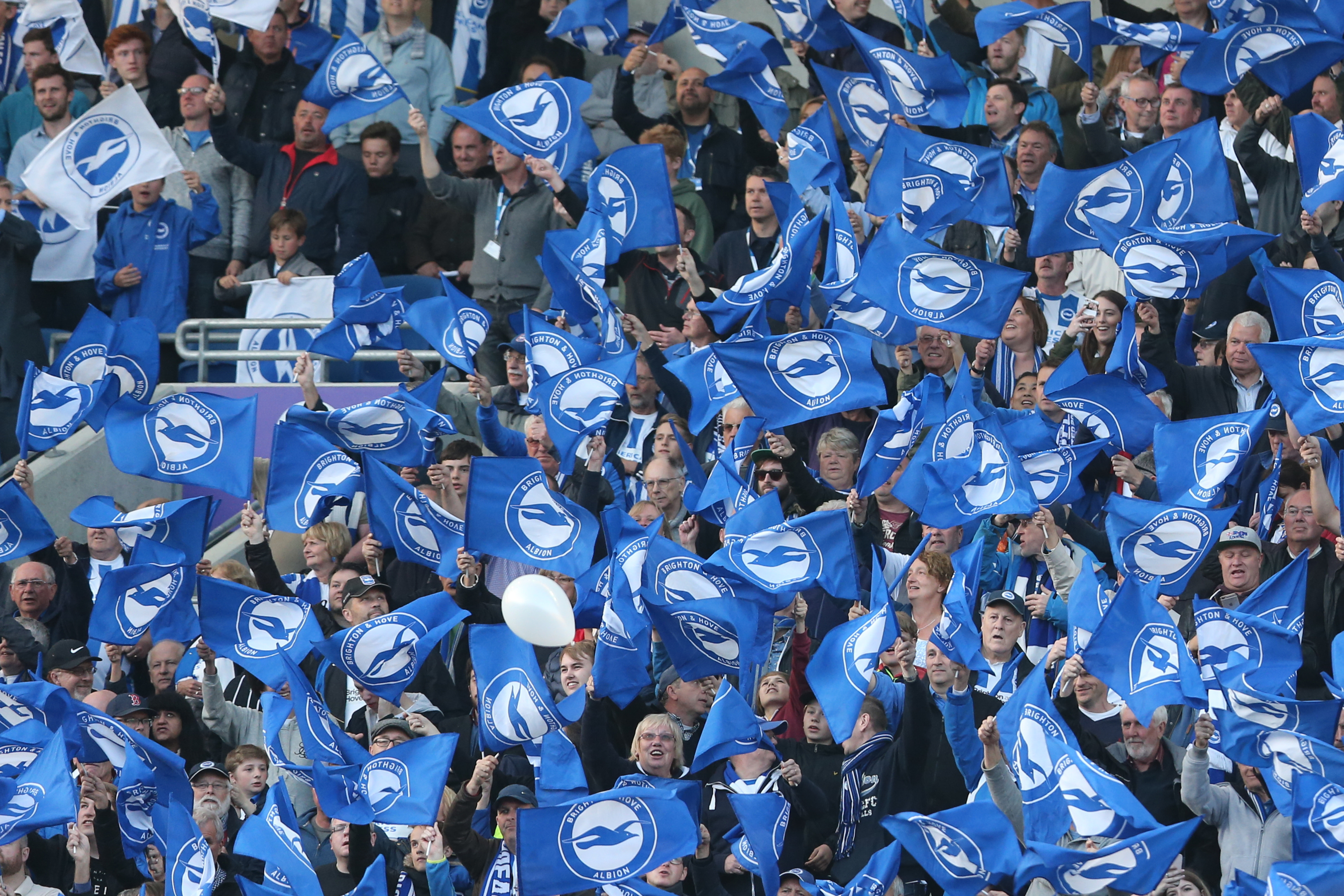By Jonny Garwood
As the summer of 2019 draws to a close, memories linger of various shows of sporting conquest and dominance – all English finalists in each European football competition; a glorious Wimbledon; and English displays of prowess to narrowly secure the cricket world cup at Lord’s versus New Zealand. Football also produced gritty, compelling displays of emotion and patriotism in both the Nations League and the Women’s World Cup, as England went out in the semi-finals of both competitions after rollercoaster fixtures against the Netherlands and USA respectively. Yet, what should equally be discussed, is the sheer rise in popularity of the Women’s World Cup and the effect that this is likely to have on the women’s game.
Following record-breaking statistics from the summer’s women’s competition, a host of Premier League clubs announced that more prominence would be given to Women’s Super League (WSL) games in the 2019/20 season. Notably, the English women’s semi-final drew more viewers than even the Cricket World Cup final. Clearly, a vast reservoir of support is to be tapped for women’s football, and consequently heavyweights Manchester City have announced that they will accommodate the growing interest in the women’s game by hosting the opening Manchester derby of the season, at the 55,000 capacity Etihad Stadium, rather than the smaller academy ground. Chelsea have announced similar plans for upcoming fixtures, now to be held at Stamford Bridge as opposed to the 5,000 seater AFC Wimbledon ground, Kingsmeadow. Tickets have regularly sold out in a similar fashion in Spain, calling for further accomodations for supporters. As demand for tickets further increases, this would incentivise further development, encouraging increased wage growth and accommodating these new audiences for the women’s sport; further encouraging a virtuous circle of growth. Notably, one key catalyst for the world cup’s success was the competition’s free-to-air TV status, and this gave ease access for audiences who previously lacked exposure to women’s football through word-of-mouth and media portrayals and this is critical for sports seeking growth, but is less profitable for sports bodies and producers. Sources have suggested that existing WSL governance may be integrated with that of the Premier League, generating major marketing potential when combined with the resources of a global sporting institution. Consequently this would ensure the continuing growth and empowerment of women in sport.
Women’s football has a history of being disregarded. It is beginning to grow, in the United Kingdom, but it still has a significant gender gap to overcome. Statistics show that 98% of boys have tried football by the age of 11, but this figure stands at just 12% for females. As in many other industries, representation is crucial to the empowerment and involvement required to overcome this disparity and media depictions of athletes such as Meghan Rapinoe and Steph Houghton, are thus essential to generating and supporting the young female athletes with an interest in the sport. Ability should be no barrier and early involvement should be seen as critical for further participation, as is investment in youth facilities and campaigns to involve women in football,. At a local level, grassroots organisations must provide opportunities within communities where sport may otherwise be inaccessible, to prevent gendered exclusion and in a similar fashion to men’s football, sporting identity needs to be established at a young age and passed over to others. Only by such commitment can we ensure there are continued opportunities for women to take up the sport, not just on the field, but also within broader roles beyond the pitch.





